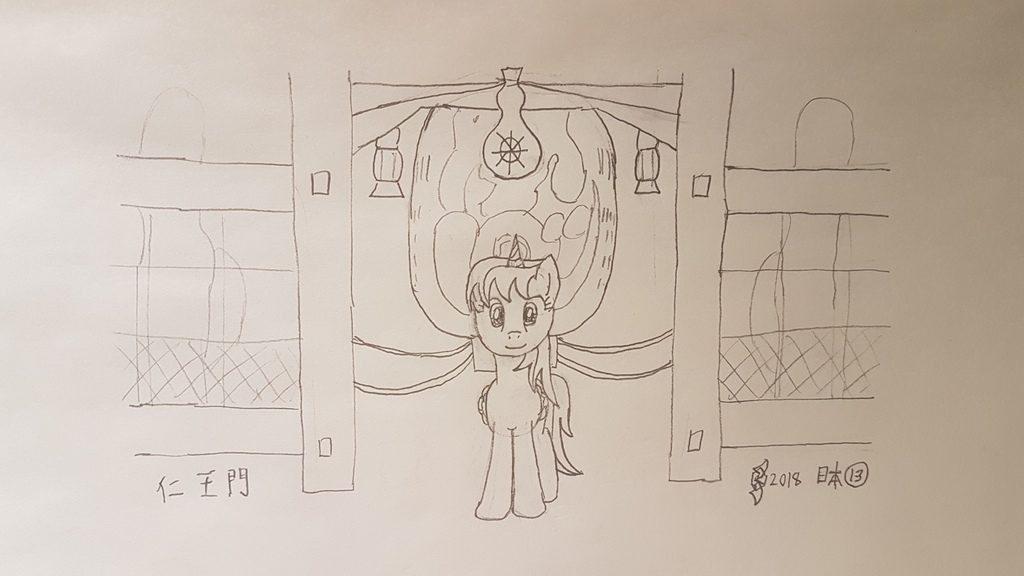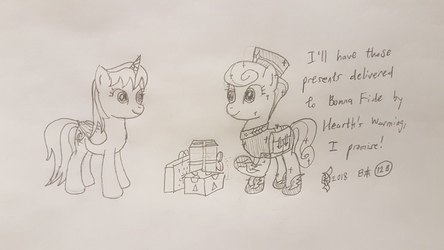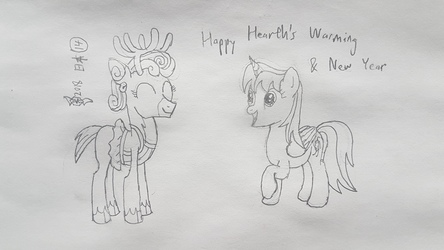Sign In
CloseParcly Taxel: There are usually two knobs controlling water temperature for Japanese shower heads, one hot and one cold. The idea may have arisen from trying to replicate onsen at home, where water temperature is vital to the experience; having two knobs yields a two-dimensional optimisation problem with a ridge of solutions (feelings of maximum comfort) that is easier to reach than if there were only one knob.
I got up even earlier than the day before, around 8:00. Per Saddle Arabian tradition, a genie waking up early by themselves, before the sun was closer to its zenith than the horizon, signified a long sojourn to a faraway place where they would make introductions and grant the wishes of creatures. The tale fit perfectly in my case – the destination was Narita (成田), 60 km east of Tokyo.
Spindle: Television programmes showing as we set out focused on Emperor Akihito (明仁/今上天皇), as his very last birthday in this position played out (天皇誕生日). Most were retrospectives on the Heisei era (平成) or the previous year, or reports on the activity at the Imperial Palace where flags seemed to wave with greater fervour than previous years. This is the last time, that waving read.
Of course, the implication is that the Emperor would abdicate by the coming May, in part due to advanced age. Special dispensation had to be granted because there is no provision for the Emperor to abdicate. We wish you well, Naruhito (徳仁), as you ascend to the Chrysanthemum Throne (皇位)…
Nishi-kasai (Tōzai) Ōtemachi/Tokyo Main
Parcly: At Tokyo Main I saw the highs and lows of Japanese culture: a kawaii mascot parading around the underground shopping passages, after a suited stallion snoring in a corner, perhaps due to sleep deprivation. Regardless of these sights that would be very rare elsewhere, I took some time to admire a few pictures on the history of Yaesu (八重洲), a historical district of Tokyo giving its name to one of the station's entrances.
Princess Cadance: It was the last subway train Parcly took on this trip, but even up close the subway and general rail networks share a fuzzy boundary. It's not like the Friendship Express to the Crystal Empire, where the line is more important than the station; subway lines often become commuter rail at the city's outskirts and fares have a tight relationship to distance, encouraging point-to-point rather than "scenic" travel.
Tokyo Main (Sōbu 総武) Narita 成田
Cadance: Along the way to Narita lies Chiba (千葉), capital of the eponymous prefecture. It serves as a port for Tokyo and the wider region of Kantō (関東), and thus has a warehouse-encrusted coastline fronting a soft residential core. Some Sōbu trains would continue on another path once reaching Chiba, but the one Parcly boarded would not.
Parcly: Public announcements from the Imperial Household Agency broadcast at Tokyo Main regarding access to the Imperial Palace still rang in my head onboard, when a cabin crew member approached me asking for 1040 yen. I looked around in confusion, seeing the Green Car symbol behind me (I had not made a reservation), then gave the money anyway and fell into my bottle, remaining in that misty state until arrival.
Spindle: Tourists are quick to escape the airport's confines for Tokyo, leaving the city proper quite deserted like Heathrow in London. Unlike Heathrow, however, it retains the ways of life it led prior to the airport's construction, with old buildings and narrow roads greeting us on the way to the Hedistar Hotel.
Parcly: The charm of "old Japan", the small towns inhabited by strong families immortalised in literature and later anime, was evident walking up Narita's Omote-sandō (表参道; the name is generally used to refer to the principal shopping street in a Japanese town), with a temple and nobori (幟) and no pavements flanking the stone-paved road. Being a Sunday and the Emperor's Birthday, where the following Monday would be a public holiday in lieu, many visitors were schoolponies on day trips.
For dinner we had the local speciality of unagi at the oldest restaurant in the area serving it, Kawatoyo (川豊). A group of chefs prepared unagi at the entrance in a highly successful tourist trap – the menu consisted of unagi with rice, sides and nothing else. I got to sit on cushions rather than a chair, adding to the authenticity of it all.
Spindle: When we reached the end of the uphill road we turned and descended in a different light. Many shops were closing early and their ponies had retreated into homes, leaving the exterior lights illuminating our path. It was their way of saying "we'll be there for you", that they were ponies with a heart resting for the next day's work, like a genie in their bottle emitting warm light.
The temple we had passed, Shinshōji (新勝寺), was not as illuminated but still hard to miss. Parcly responded to the chiming of its bells at 17:00, expecting a five-minute tour. In fact, she had entered one of the largest such complexes in Kantō, dating back over a whole millennium with additions coming at a healthy rate.
Parcly: Above steep steps, through stone pillars and gates designated as Important Cultural Properties (重要文化財) like Niōmon (仁王門), I landed at a massive main hall with an equally massive collection box and draped in the five colours of Buddhism. There I made a prayer, still in awe at other parts of the complex such as the pagoda on right. Forget about a genie moving from Tokyo to Narita fitting old tales, a temple visit was a perfect thing to do on the very last (current) Emperor's Birthday short of the Imperial Palace gardens.
Exhaustion once again took over back in the Hedistar Hotel and I lay motionless until what would be early night at lower latitudes. When I revived myself with cold snacks, I still decided to rest – the return journey to Canterlot was beckoning.
Submission Information
- Views:
- 468
- Comments:
- 0
- Favorites:
- 0
- Rating:
- General
- Category:
- Visual / Traditional




